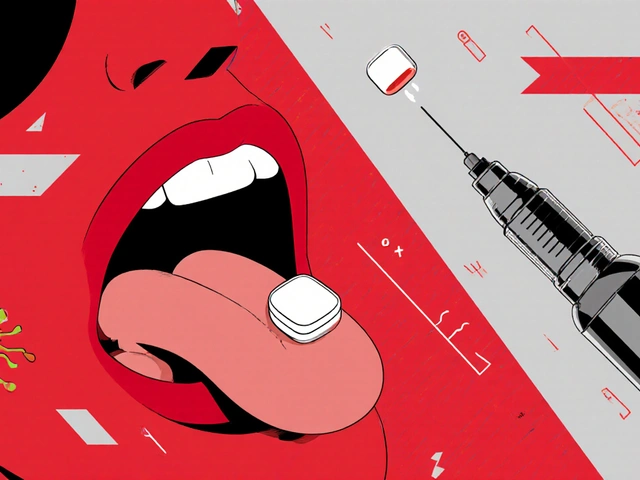Understanding Glyset Prescription and Its Role in Diabetes Management
If you’re managing type 2 diabetes, you might have come across Glyset. This medication helps control blood sugar levels by slowing down the breakdown of carbohydrates in your gut, which means less glucose rushes into your bloodstream after meals. It’s not a magic fix, but when combined with diet and exercise, Glyset can be a useful tool in keeping blood sugar in check.
Doctors usually prescribe Glyset when lifestyle changes alone aren’t enough. It’s taken right before the first bite of each meal, and timing is key here. Missing doses or taking it late can reduce its effectiveness. If you’ve got meals with lots of carbs, Glyset works to delay their digestion, which helps avoid sharp blood sugar spikes that can be unhealthy over time.
What You Should Know Before Starting Glyset
Before you start, it’s important to get a clear picture of what Glyset does and what it doesn’t. It won’t cause low blood sugar on its own, unlike some other meds, because it only acts when you eat carbs. Still, watching your diet is a must. Also, some people notice side effects like gas or stomach discomfort, especially at the beginning. These often get better as your body adjusts, but if you feel anything serious or long-lasting, tell your doctor.
Another thing to keep in mind: Glyset isn’t for everyone. If you have liver or kidney problems or certain digestive issues, your doctor might suggest other options. It’s also not recommended if you’re pregnant or breastfeeding. Always be upfront about your medical history and medications, including supplements, so your healthcare provider can figure out if Glyset fits your personal health needs.
How to Get and Use a Glyset Prescription Safely
Getting a Glyset prescription means working closely with your doctor. They’ll monitor your blood sugar levels and adjust your treatment as needed. Never order Glyset online without a proper prescription—there are risks with fake or unsafe meds out there. If you shop online for your prescription, stick to reputable pharmacies and double-check their credentials. Use your medication exactly as instructed and don’t hesitate to ask your healthcare team if you’re unsure about anything.
In short, Glyset can be a helpful part of diabetes management, but it’s not one-size-fits-all. Knowing how it works, sticking to your prescribed plan, and communicating openly with your doctor makes all the difference. Managing diabetes takes a team effort—and you’re the star player.





